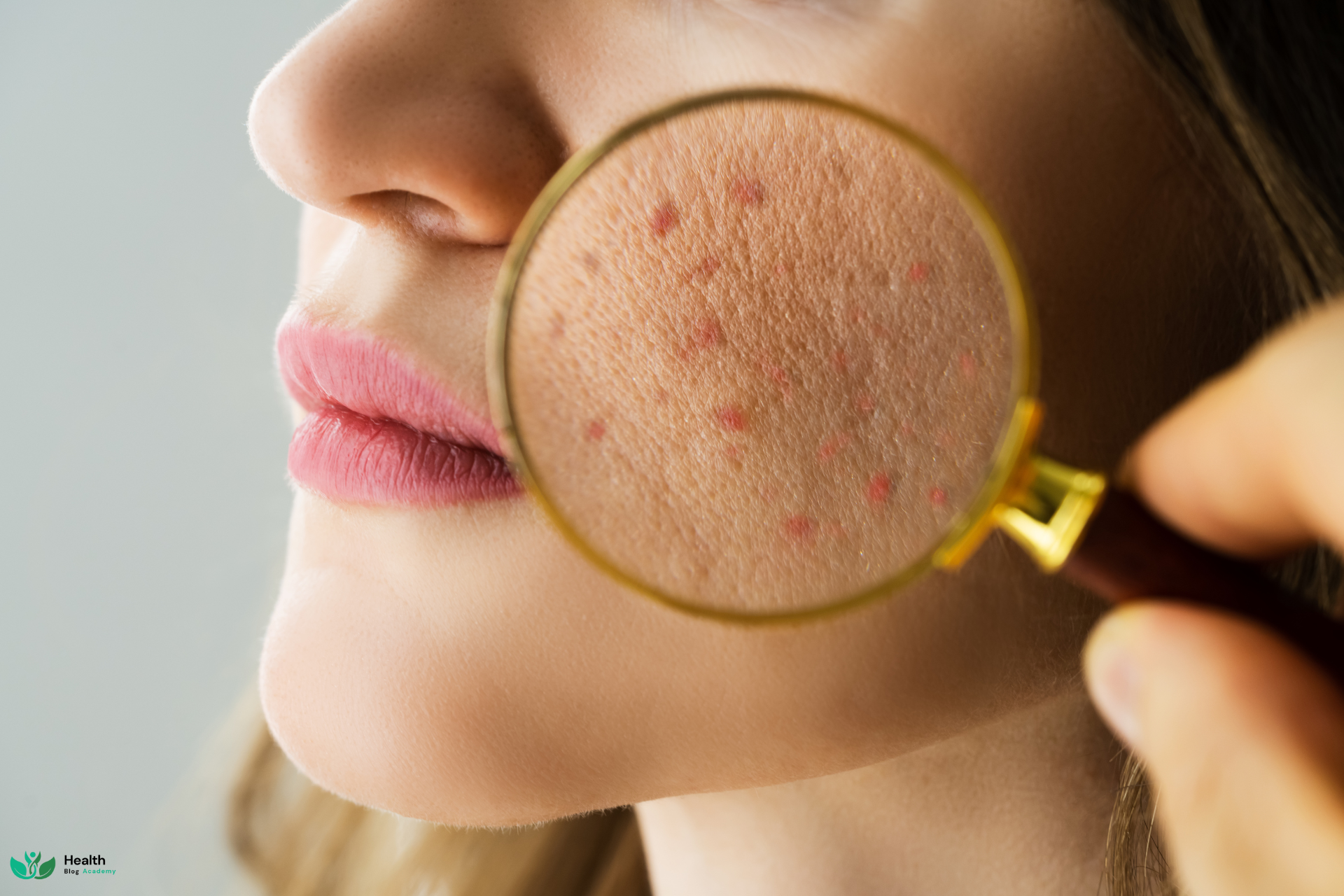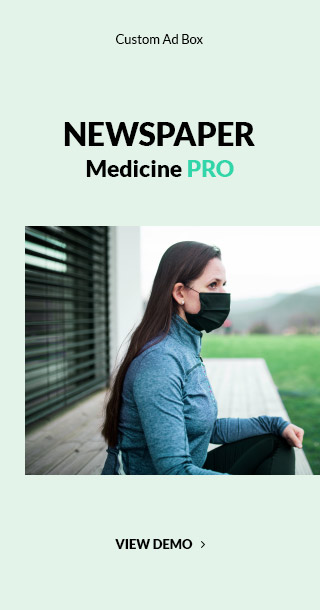Introduction
At our digital hub of health knowledge, we strive to provide you with the most insightful and comprehensive information about various health conditions. This article delves into the subject of acne and examines the many forms that may afflict people of all ages. Whether you’re battling occasional breakouts or seeking to understand acne on a deeper level, our guide will equip you with the knowledge you need to conquer this common skin concern.
- Comedonal Acne: Unveiling the Invisible Culprit
The mysterious illness known as comedonal acne, sometimes referred to as non-inflammatory acne, frequently shows up as obstinate blackheads and whiteheads. These imperfections are brought about by blocked hair follicles, where an abundance of sebum, dead skin cells, and bacteria foster the growth of these imperfections. Although seemingly harmless, comedonal acne can lead to more severe acne if left untreated.
- Inflammatory Acne: Battling the Redness and Swelling

A more severe kind of acne known as “inflammatory acne” is characterized by painful, swelling, and red pustules or pimples. When bacteria invade the hair follicles, an immunological reaction occurs that leads in inflammation, and this kind of acne develops. Understanding the triggers and potential complications associated with inflammatory acne is essential for effective treatment.
- Cystic Acne: Confronting the Deep-Seated Enemy
Cystic acne, the most severe and emotionally distressing type, goes beyond the surface and penetrates deep into the skin layers. This condition is often characterized by large, painful, and pus-filled cysts that can leave behind scars and affect self-esteem. By looking at cystic acne’s causes, treatments, and ways to avoid it, we hope to give you the tools you need to deal with it and get rid of it.
- Hormonal Acne: Balancing the Internal Factors
Hormone changes, especially those that occur during puberty, menstruation, pregnancy, and menopause, are strongly associated with hormonal acne, which mostly affects women. Understanding the intricate interplay between hormones and acne can shed light on effective management strategies. We offer valuable insights and expert advice to help you navigate the hormonal rollercoaster and achieve clearer, healthier skin.
- Acne Conglobata: Decoding the Complexities
Acne conglobata is a rare and severe form of acne that often affects males during their late teens or early adulthood. This condition is characterized by interconnected nodules and abscesses, leading to deep scarring and psychological distress. By unraveling the complexities of acne conglobata, we aim to empower those facing this challenge with valuable information, treatment options, and emotional support.
- Acne Mechanica: Tackling Acne Triggered by Friction
Acne mechanica, often referred to as “sports-induced acne,” is caused by the friction and pressure applied to the skin during physical activities. Athletes, soldiers, and individuals wearing tight clothing are particularly susceptible to this type of acne. By recognizing the unique triggers and implementing preventive measures, you can enjoy your active lifestyle without compromising your skin’s health.
The Connection between Diet and Acne
Diet plays a significant role in overall health, and it can also influence the condition of our skin. Certain meals and the emergence or escalation of acne have been linked by scientific investigations. By understanding the impact of our dietary choices, we can make informed decisions to support clear and healthy skin.
The Role of Inflammation in Acne
A major contributing element to the development of acne is inflammation. Sebum that is produced in excess by the skin’s oil glands may combine with dead skin cells to block pores. This fosters the growth of bacteria, causing irritation and the development of acne lesions. Certain foods can trigger an inflammatory response in the body, worsening acne symptoms.
Foods to Avoid
Processed Foods: Foods that have been processed often have a lot of refined carbs, bad fats, and artificial additives. These can contribute to inflammation and worsen acne symptoms. Opt for whole, unprocessed foods instead.
Sugar: Consuming excessive amounts of sugar can lead to increased insulin levels, triggering inflammation and acne breakouts. Set your limit to intake of sugary foods and beverages.
Dairy Products: Some studies suggest a link between dairy consumption and acne. In addition, the presence of hormone substances in dairy products may disrupt normal hormonal balance which can lead to acne and other skin problems. This may be a result of the hormones’ presence in dairy products.
High-Glycemic Foods: White bread, spaghetti, and sweet snacks are examples of high glycemic index foods. These meals have the potential to quickly raise blood sugar levels, which may cause inflammation and an aggravation of acne. Choose low-glycemic alternatives like whole grains and fruits.
Fast Food and Fried Foods: Fast food and fried foods are often high in unhealthy fats, which can contribute to inflammation and worsen acne. Opt for healthier cooking methods like grilling or baking.
Foods to Include
Fatty Fish: In fatty fish such as salmon, mackerel, and sardines, anti inflammatory omega 3 fatty acids can be found in abundance. The fish also contains a large amount of Omega 3 fatty acids. Including these fish in your diet can help reduce acne-related inflammation.
Colorful Fruits and Vegetables: Antioxidants found in colorful fruits and vegetables fight inflammation and support healthy skin. Incorporate a variety of colorful produce into your meals.
Probiotic-Rich Foods: Probiotics promote a healthy gut microbiome, which can indirectly improve skin health. Include fermented items in your diet, such as yogurt, sauerkraut, and kimchi.
Green Tea: Antioxidants and other substances found in green tea have been demonstrated to lessen inflammation and sebum production. Every day, have one or two cups of green tea to encourage clean skin.
Whole Grains: Choose whole grains over refined grains, such as quinoa, brown rice, and oats. Because they contain more nutrients and have a lower glycemic index, whole grains may support good skin.
Conclusion
Our comprehensive guide has shed light on the multitude of acne types that can plague individuals of all ages and backgrounds. We want to enable you to make educated choices about your skincare routine and general wellbeing by arming you with comprehensive information and useful suggestions. Remember, you are not alone in your acne journey, and with the right information and support, clear and healthy skin is within reach.

